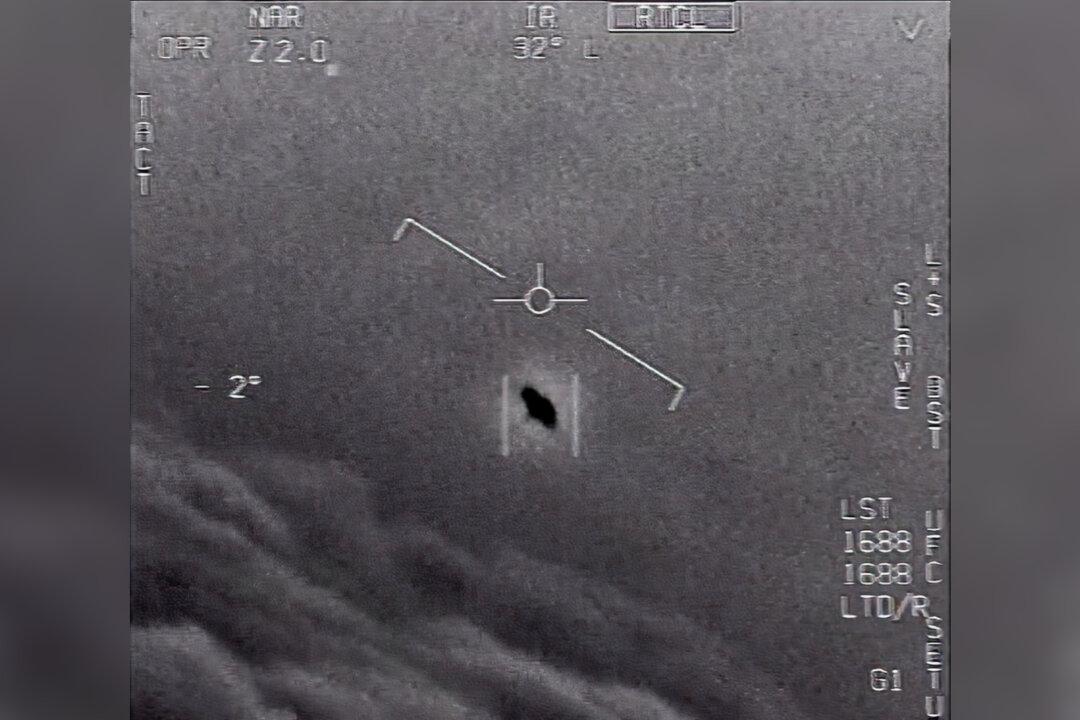Military pilots have recorded a total of 11 “near misses” with Unidentified Aerial Phenomenon (UAP), also known as UFOs, since 2004, according to a first-of-its-kind U.S. government report released on Friday.
The nine-page report (pdf), submitted to Congress and released to the public on June 25, studied 144 observations of what the government officially refers to as UAP, dating back to 2004, of which 11 caused “near misses” for military pilots.





